Exercises you haven’t done but probably should

Ask anyone who’s been in the iron game that’s had any type of success and they’ll tell you, “stick to the basics and don’t try and reinvent the wheel.” I couldn’t agree more from a coach/competitor stand point. However, one needs to throw a wrench in their workouts in order to prevent or break through plateaus. Variation is a universal principle that, when applied correctly, can yield incredible results.
One of the most obvious and easiest ways to add variation is to incorporate different exercises to one’s program. The following is a list of exercises I have rarely seen used, but recommend in this first installment.
Smith machine ladder push-ups
A chest exercise most often used as a finishing exercise can be used toward the beginning of your program with the proper adjustments. For those who can perform push-ups easily and require more resistance, this can be accomplished by adding chains around your neck, putting a box or bench under your feet, and/or using tempo. Conversely, if performing push-ups is difficult, especially toward the end of the workout, start at a higher level on the smith machine.
One set is going to consist of three subsets, which essentially are drop sets. The higher you place the bar the lighter the load.
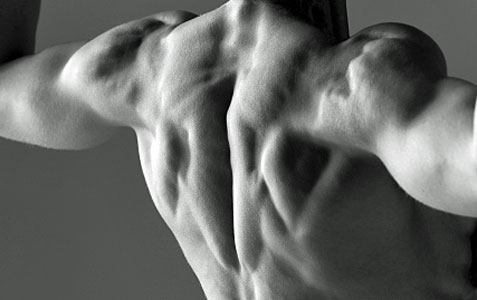
Start the exercise in a position where positive failure is achieved between eight and 12 reps. Notice the straight line from the shoulders to the hips to the feet. Try to maintain this position as much as possible throughout the exercise.
Raise the bar one level, and perform the second part of the set. The goal is to achieve six to eight reps to positive failure. If the load is too heavy to achieve the desired reps, go up two levels the next time.
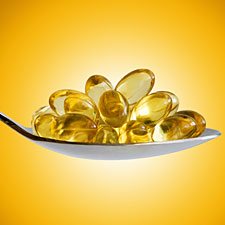
Raise the bar one last time, with the goal of achieving four to six reps.
Timed medicine ball plank holds with step-off
Beginners can forgo the step-offs and concentrate on increasing their time until they are able to perform three sets of 30 seconds with perfect form. At this point, a beginner can slowly start to add alternating step-offs to their sets.
Advanced lifters may find they need to add a box or a bench under their feet to increase the load.

A variation to the med ball plank holds with step offs, is the knee tuck below.
Be cautious during this variation not to bring the knee too far forward, which would posteriorly tilt the pelvis. You always want a neutral spine position.
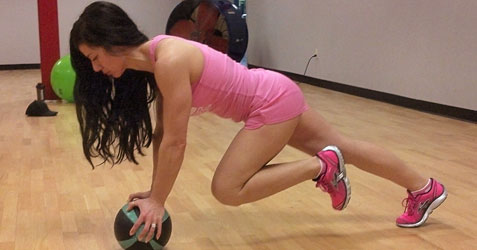
Reverse lunge with a lean
This is a very knee friendly exercise that everyone should have in their training regimen. This exercise is an excellent choice for athletes. The biggest advantage for athletes and fitness buffs alike is its ability to strengthen and stretch the muscles surrounding the hip joint. The action strengthened by performing this exercise is imperative for sports like basketball, soccer, football, gymnastics, wrestling and fencing.
A variation to the reverse lunge, the reverse lunge with a lean, helps to emphasize the posterior chain. The knee and hip joints are flexed on the eccentric (downward) portion of the movement. More flexion at the hip equates to more glute and ham involvement. Make sure to maintain a neutral spine throughout the movement. Do not allow your lower back to round.
For bodybuilders and powerlifters, the reverse lunge’s benefits are muscle building and stabilization. Balance is an integral part of performing this exercise correctly. It’s the main reason you cannot use an extremely heavy load. The better you get at performing an “unstable” exercise like the lunge, the stronger you will be at performing a more stable exercise like the squat. And remember: strength should be your ultimate goal. The greater the load used, the higher the tension on the muscle. The higher the tension put on the muscle, the greater the growth response.
In my opinion for bodybuilding and powerlifting goals, this exercise is best performed after heavy barbell squats, leg press or hack squats. Because of the inherent instability with this exercise, advanced lifters will find it difficult stimulating their legs with enough of a load to elicit an adaptive response.

Lateral raises with thumbs up
The benefit of performing this unconventional lateral raise is that it slightly externally rotates the humerus, opening up the A/C joint, which helps people who feel pain or discomfort with palms down lateral raises.
The drawback is that you’ll have to use a little less weight than with the conventional palms down version, but remember this is strength building and bodybuilding, not ego building. And you never know: you may be like some who prefer thumbs up laterals for hitting the medial portion of the deltoid for wide shoulders.

Take note that Cathy’s elbows are slightly bent, and the dumbbells are just in front of her shoulders at the top of the movement.
Stability ball bridge leg curls
The major muscles involved in this version are the hamstrings, with the glutes and erectors being secondary. The glutes and the erector muscles remain static throughout the exercise.
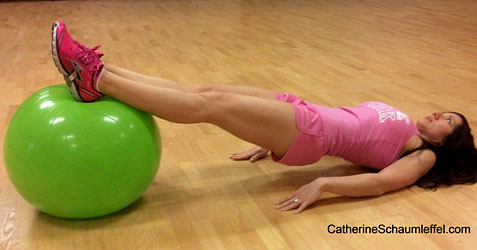
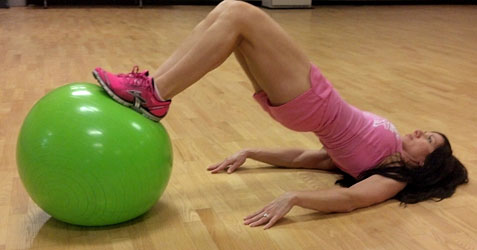
Try to maintain a straight line from your shoulder, to your hips, to your feet.
If you’d like to see more of Cathy, check out her Facebook page.
Give these exercises a try and let me know what you think. Tune in next month for another installment of “Exercises you haven’t done but probably should.”






